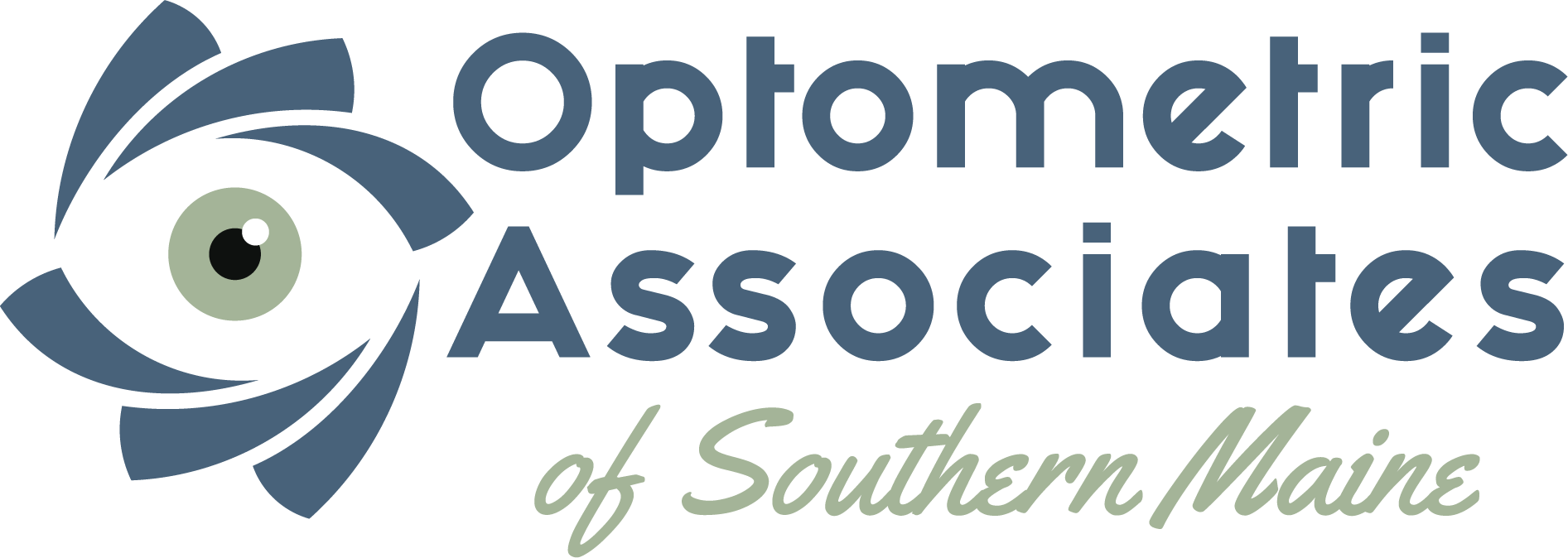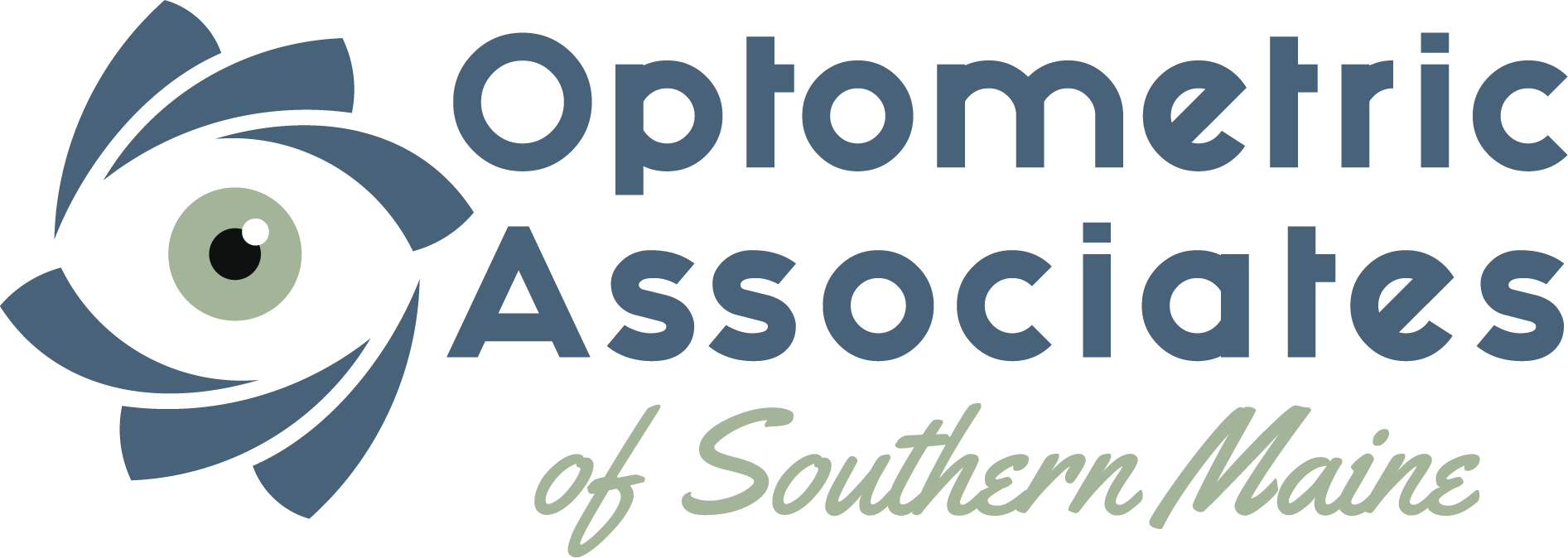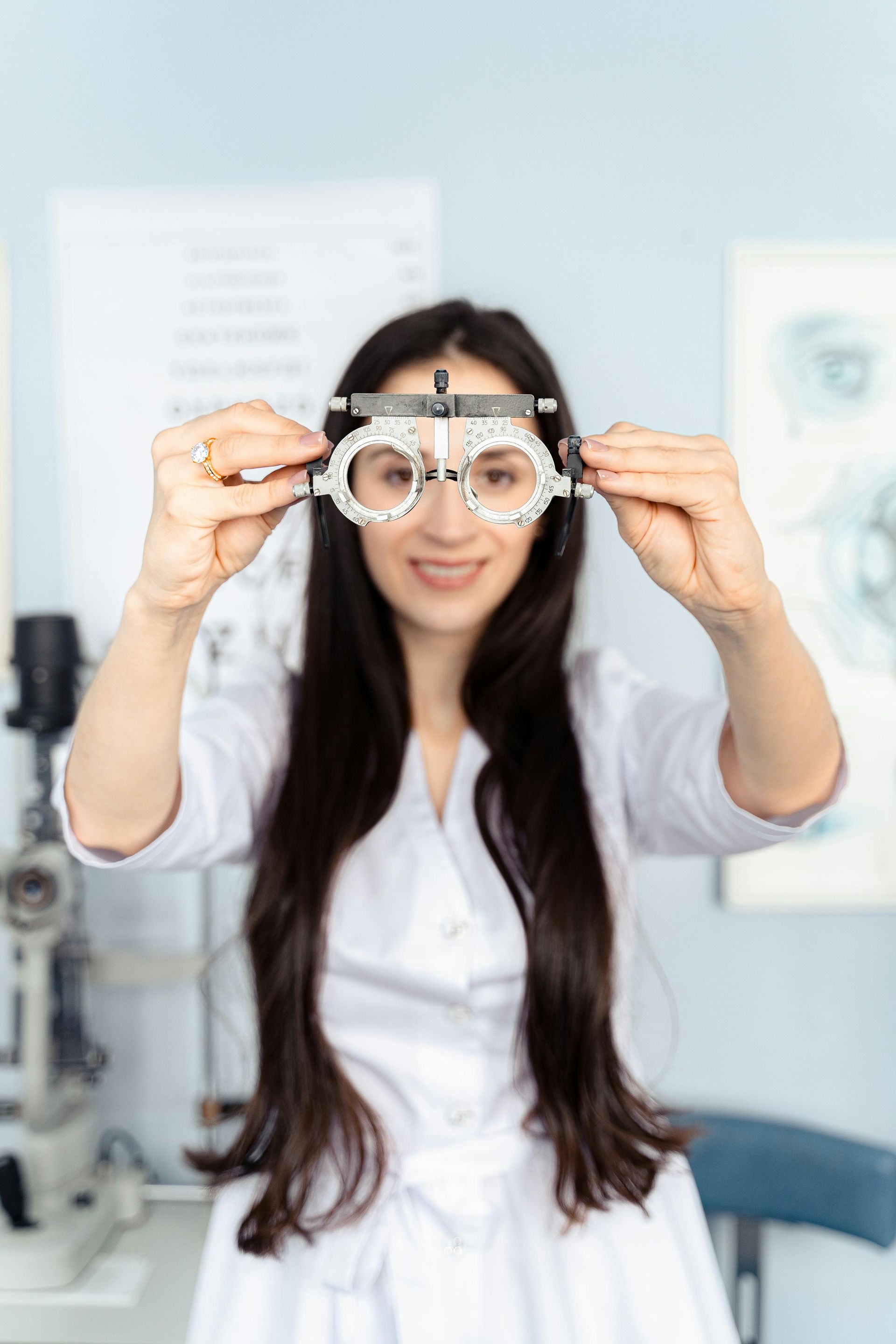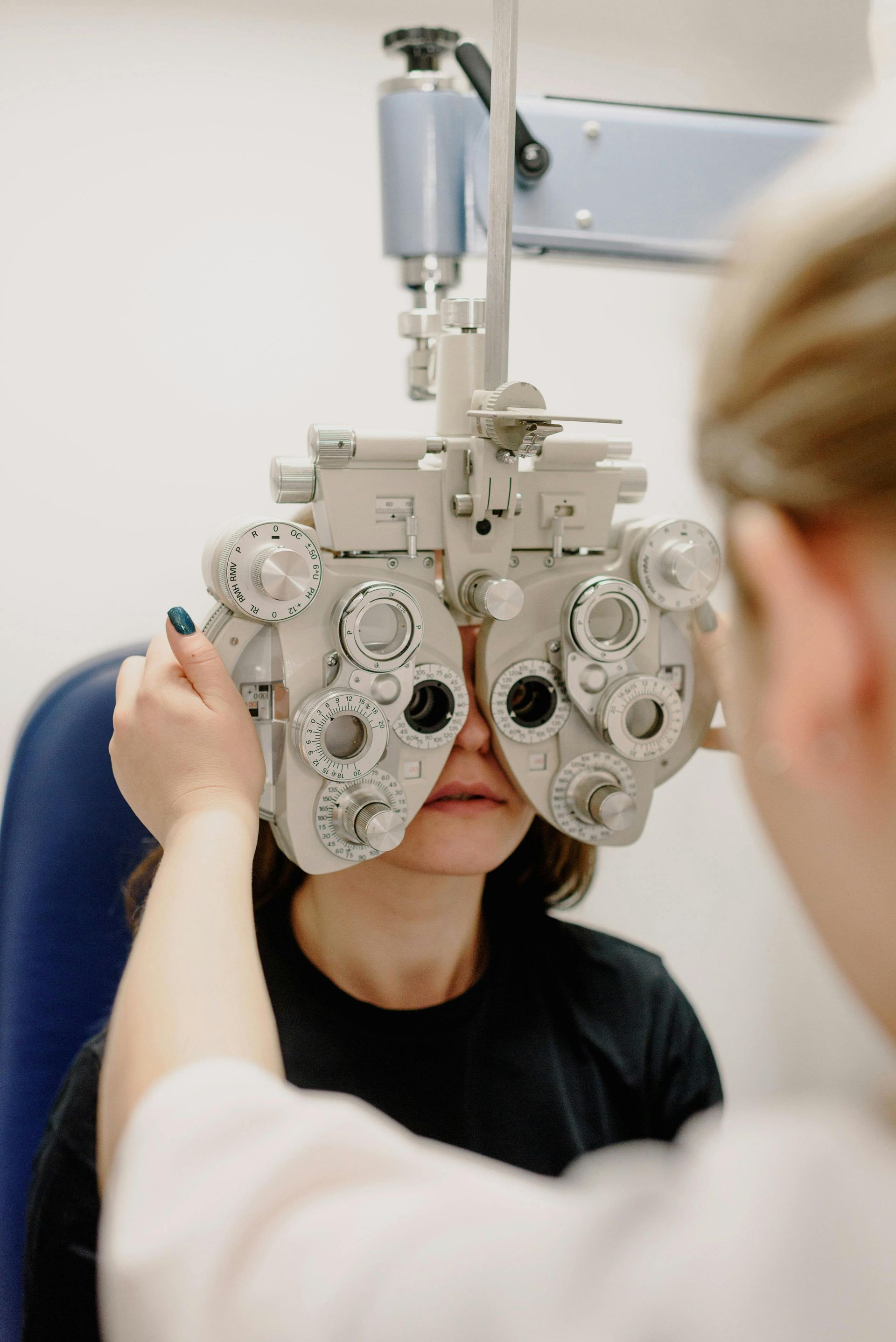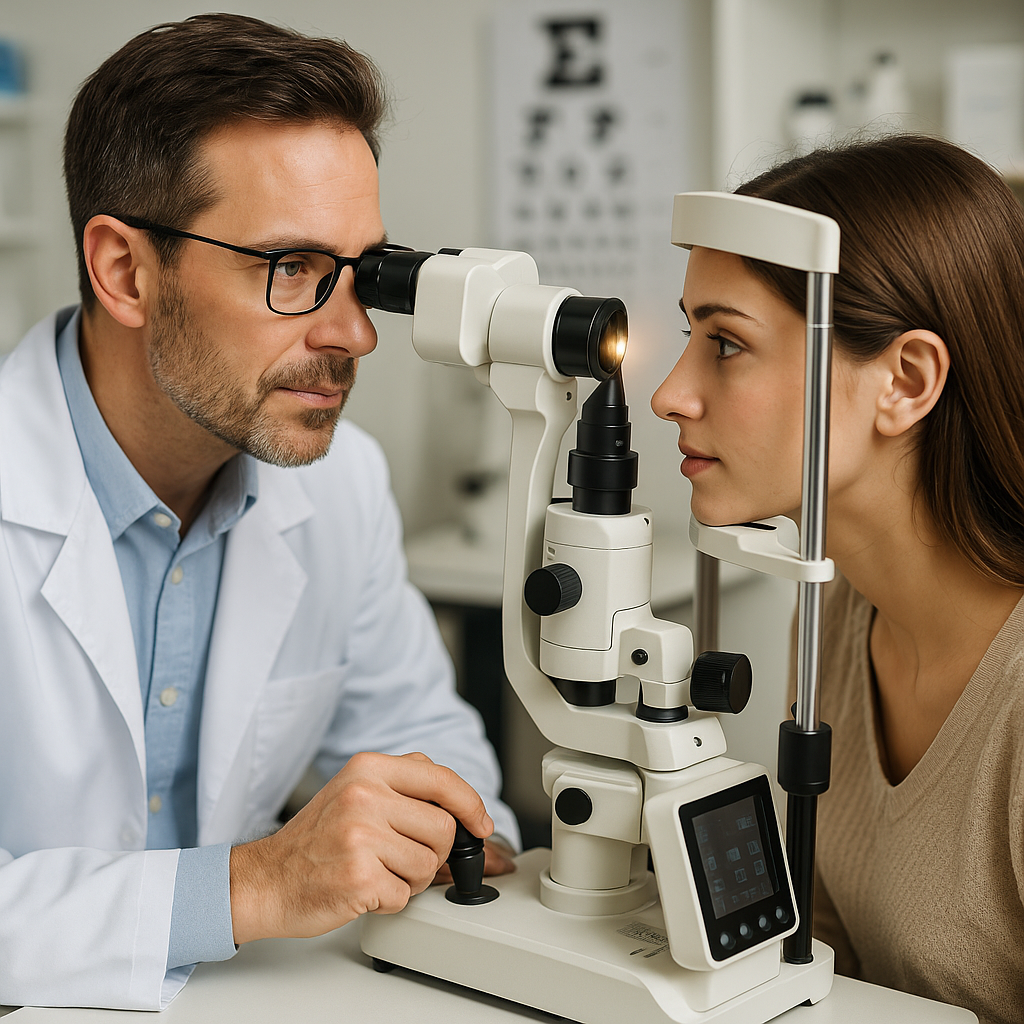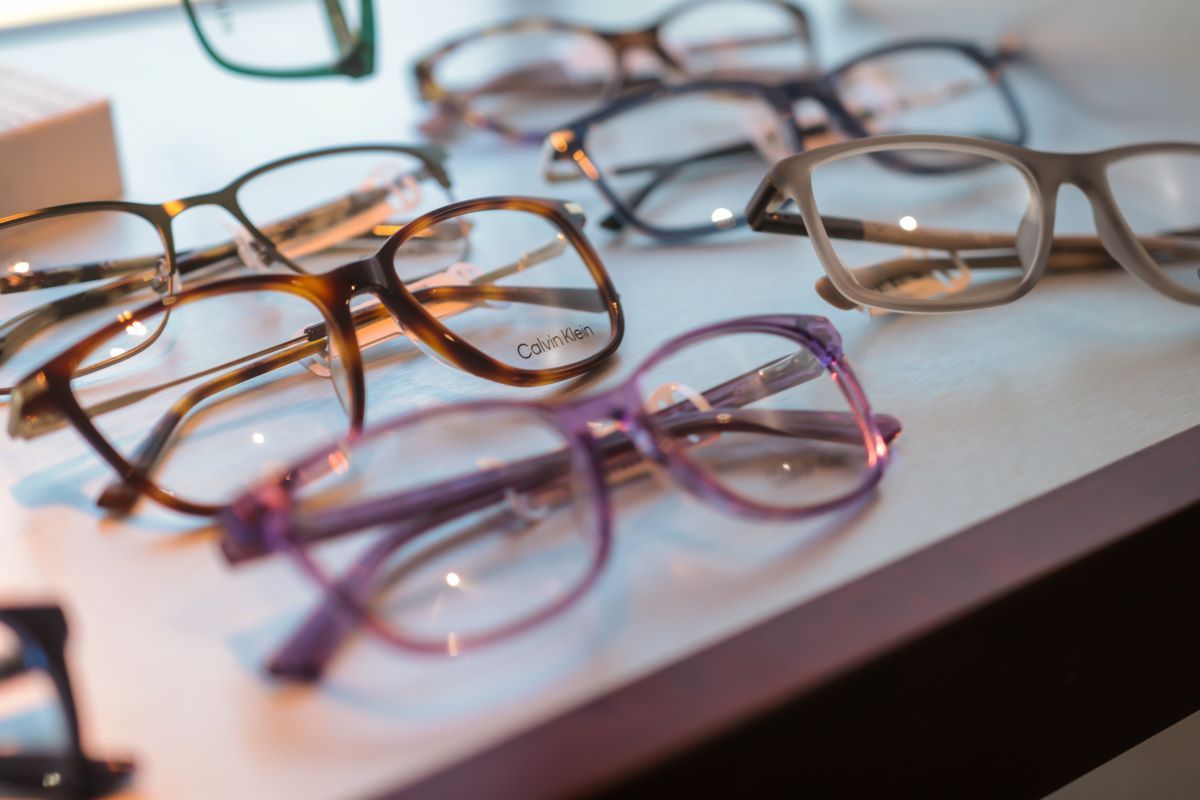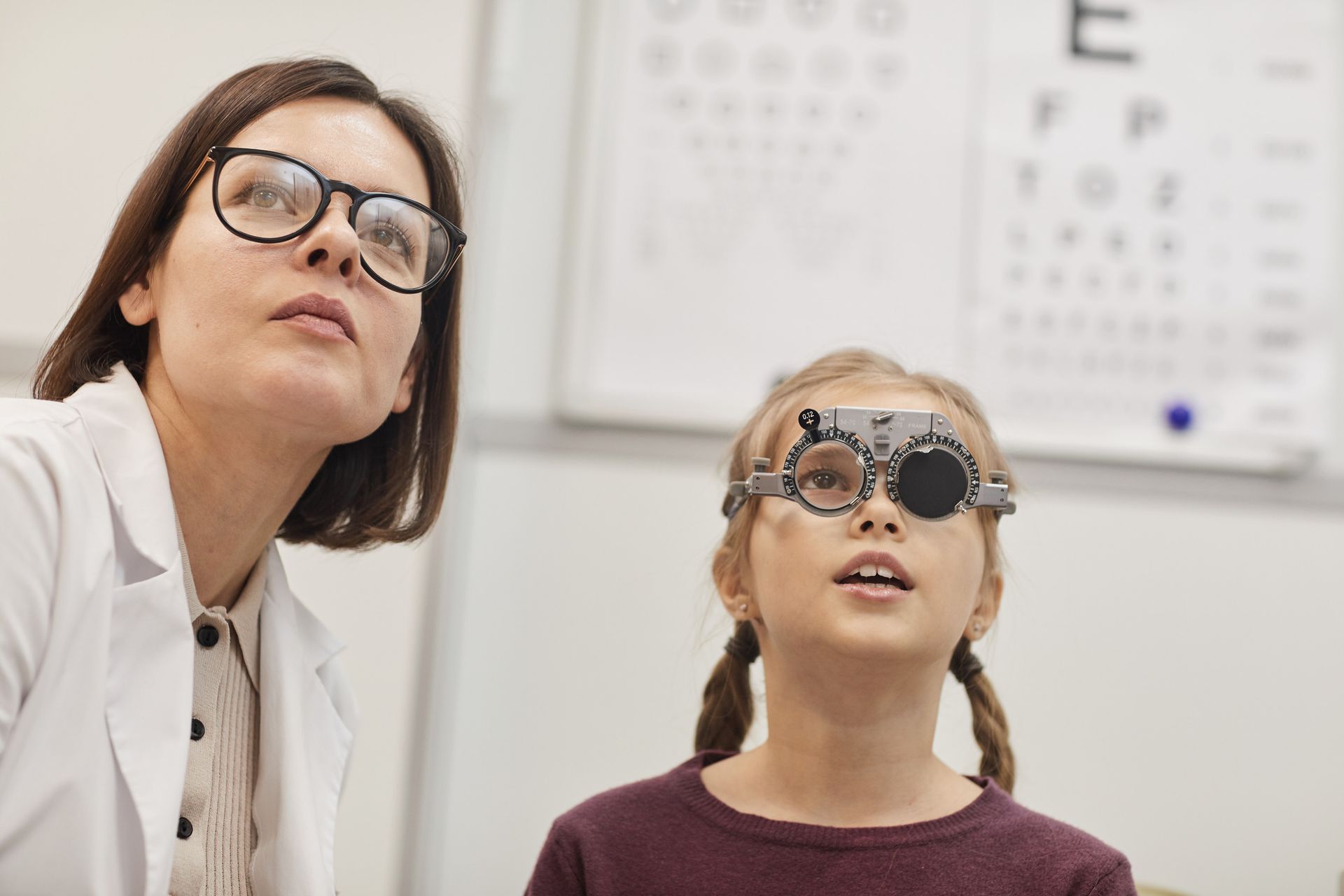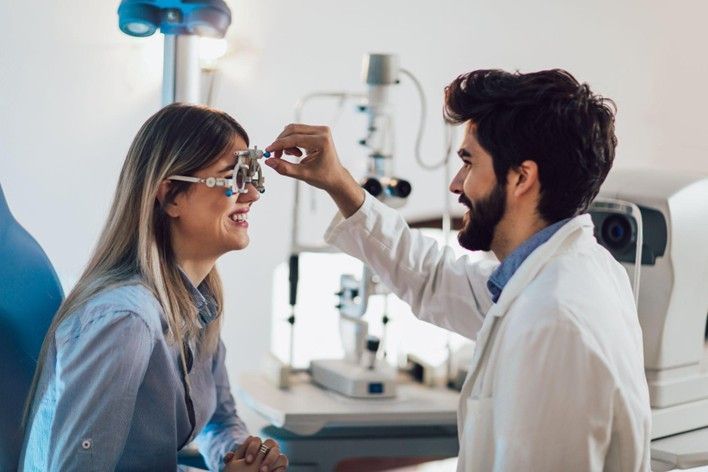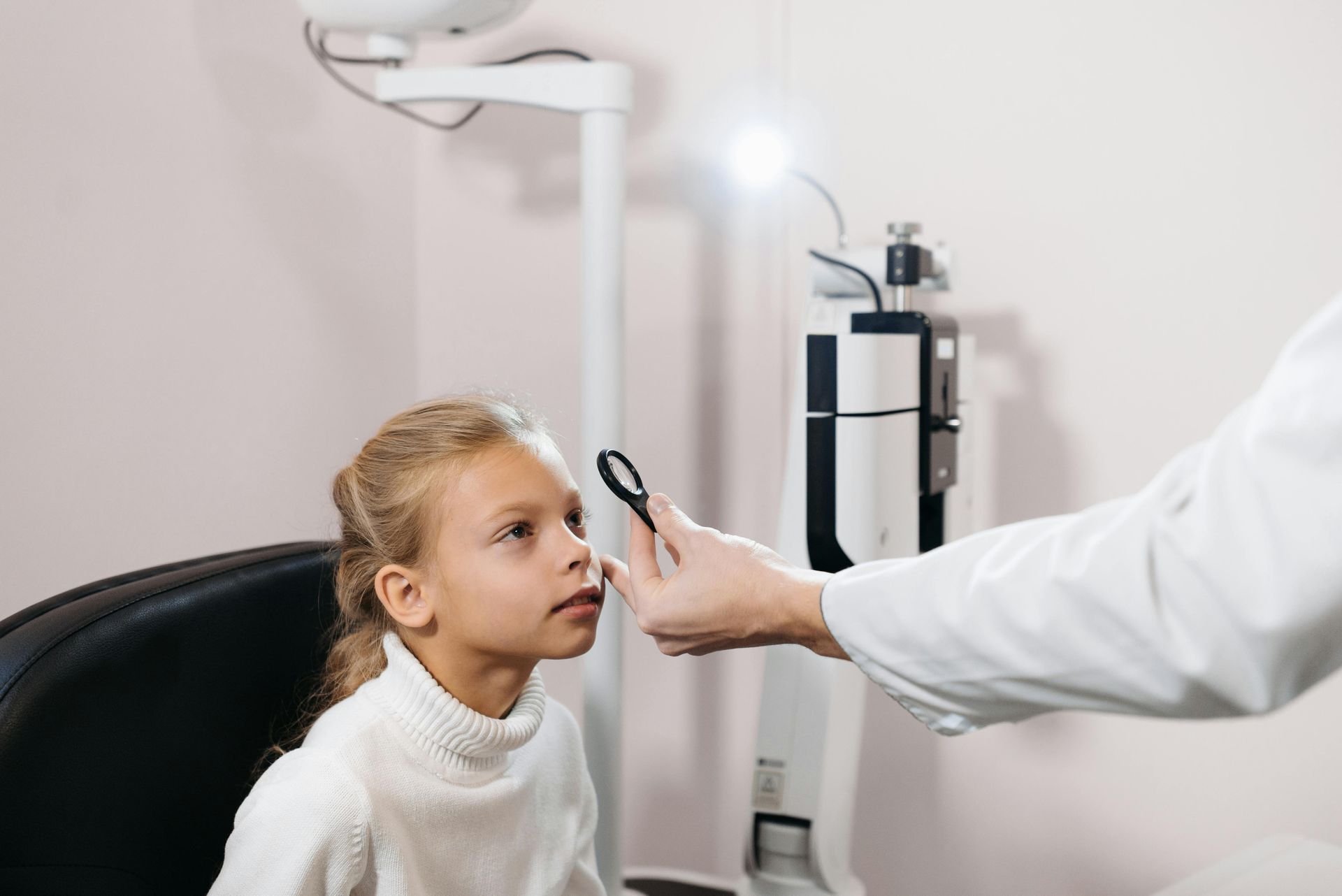5 New Year's Resolutions for Healthier Eyes

Healthier Eyes in 2025: 5 Resolutions to Follow
The start of the new year is a great time to prioritize your eye health and take proactive steps to ensure your vision stays clear, sharp, and strong. Beyond simply updating your prescription, there are specific and actionable resolutions that can significantly improve eye health. This year, make your eyes a priority with these five unique resolutions.
Commit to Digital Eye Care
In the age of constant screen use, eye fatigue has become an inevitable problem for many. To safeguard your vision, consider implementing strategies specifically designed to combat digital eye strain. Adopt the 20-20-20 rule: Every 20 minutes, take a 20-second break, focusing on an object 20 feet away. Use timers and eye care apps to remind you when it’s time to rest your eyes. Consider blue light-blocking glasses or apps that reduce screen blue light, especially in the evening.
Schedule Regular Eye Exams
Many people skip regular eye exams because they assume their vision is perfect. A comprehensive eye exam does more than check for nearsightedness or farsightedness. It’s crucial to check for issues that aren’t immediately visible, such as macular degeneration or diabetic retinopathy.
In the new year, resolve to visit your optometrist regularly and ask them to assess the health of your retina specifically. Early detection of retinal issues can make a world of difference in preventing vision loss.
Prioritize Eye-Healthy Foods with a Twist
While most people know that carrots are good for their eyes, it’s time to rethink your approach to nutrition. In addition to consuming vitamin A, which helps prevent night blindness, add foods rich in lutein and zeaxanthin.
It is advisable to add compounds that help prevent eye diseases like cataracts and age-related macular degeneration. These can be found in green leafy vegetables like kale and spinach, but also consider adding eggs, avocados, or orange bell peppers for variety. Even unique nuts like pistachios contain high lutein content.
Protect Your Eyes with Advanced UV Blockers
While it’s common knowledge that sunglasses are essential for protection from UV rays, it's important to elevate your eye protection game in the new year. Choose sunglasses that offer 100% UV protection—not just tint—and opt for lenses with built-in blocking technology for blue light. This is crucial when dealing with not only outdoor sunlight but also the harmful light from digital devices. Make sure to add UV-blocking window film to your car windows or wear a visor during outdoor activities for extra protection.
Sleep with Dry Eye Protection
Good sleep is fundamental for overall health, but it also plays a significant role in maintaining eye moisture. Dry eyes often worsen at night because your eyes close and blink less frequently. If you're prone to dryness, consider sleeping with a humidifier in your bedroom or using specialized overnight dry eye gels to prevent discomfort in the morning.
Ensure you’re hydrated before bed and try to avoid any sleep disturbances that could exacerbate dryness, such as using a fan directed at your face.
Protect your eyes now to enjoy better vision for years to come. At Optometric Associates of Southern Maine, we provide personalized eye care to help keep your vision at its best. Schedule an eye exam with us today!
